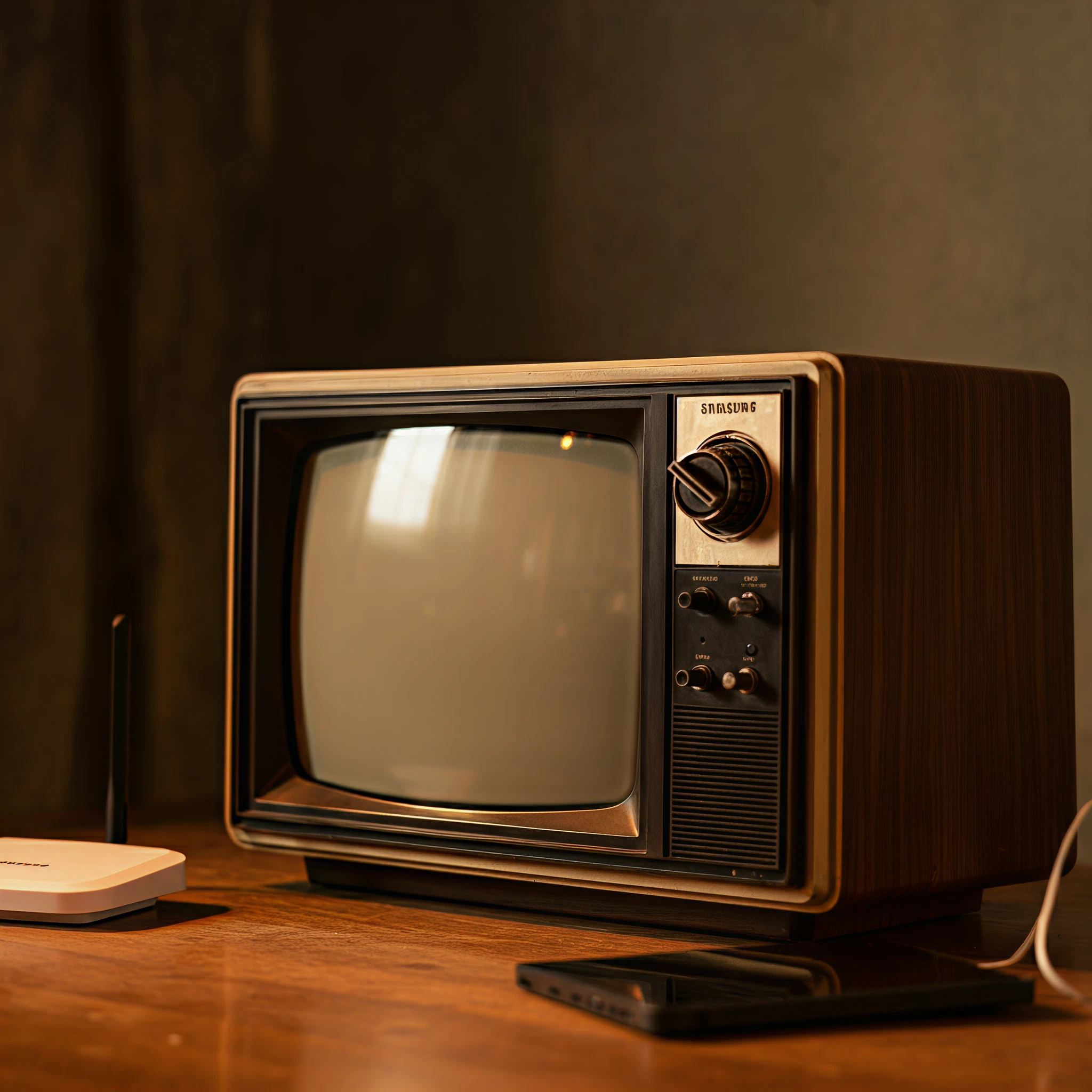If you’re using an older Samsung TV and want to enjoy streaming or online features, connecting it to WiFi is the first step. While older models may lack the modern conveniences of newer smart TVs, with the right guidance, you can get yours online in no time. Here’s a step-by-step guide to help you connect your old Samsung TV to WiFi.
Steps to Connect Your Samsung TV to WiFi
1. Turn on Your TV and Access Settings
- Start by powering on your Samsung TV with the remote.
- Navigate to the “Settings” menu. This is typically marked with a gear icon or can be accessed via your remote’s menu button.
2. Select Network Settings
- Under the Settings menu, choose “General”, then select “Network”.
- From here, click on “Network Settings” to proceed.
3. Choose Your WiFi Network
- A list of available WiFi networks will appear.
- Select your WiFi network and press OK on your remote.
4. Enter Your WiFi Password
- Use the on-screen keyboard to input the WiFi password.
- Be careful to enter the password correctly, as one small error might prevent connection. If you’re unsure of your WiFi password, refer to this guide.
5. Configure IP Settings
- If prompted, select “IP Settings” and set it to “Auto” for automatic configuration.
- If your TV doesn’t connect automatically, you may need to manually input the IP address, subnet mask, and gateway information (consult your internet service provider if needed).
6. Test the Connection
- Once your WiFi is set up, your TV will attempt to connect.
- You can test the connection by opening a built-in app like YouTube or Netflix to confirm.
Common Challenges and How to Overcome Them
While the process is straightforward, older Samsung TV models may encounter a few challenges during setup. Here’s how to troubleshoot them effectively:
1. Does Your TV Support WiFi?
Older Samsung TVs might not have built-in WiFi. If this is the case, you’ll need a WiFi adapter compatible with your TV, or consider connecting via an Ethernet cable if a LAN port is available.
2. Outdated Software
Older TVs may have outdated firmware that can cause WiFi connectivity issues. Check Samsung’s website or your TV’s firmware update section for any available software updates.
3. Weak WiFi Signal
Ensure your TV is within range of your WiFi router. If the signal is weak, you might need a WiFi extender or router upgrade to boost performance.
4. Incorrect Password Entry
One of the most common issues is entering the WiFi password incorrectly. Double-check your password, or retrieve it using this CNET guide.
5. Manually Configuring IP Address
If the TV doesn’t connect automatically, be prepared to manually set up the IP address, DNS, and other network configurations. You can find these settings in your router’s management interface or ask your internet provider for assistance.
Tips for Optimizing Your WiFi Connection on Samsung TVs
- Use a 2.4GHz WiFi Network: Older TVs may not support the newer 5GHz WiFi band.
- Place Your Router Closer: Reducing the distance between your router and TV can prevent disconnections.
- Keep Your Network Uncluttered: Disconnect inactive devices from your WiFi to optimize bandwidth for your TV.
Enjoy Your Streaming Experience!
With your Samsung TV connected to WiFi, you can now explore apps, stream your favorite shows, and even screencast from your mobile devices. If you’re still having trouble setting up or wish to explore newer connection solutions, feel free to consult Samsung’s support page for assistance.
Happy streaming!








